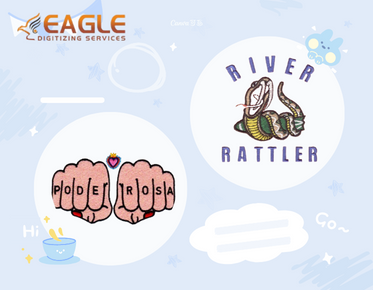Screen Printing vs Heat Transfer: Which is Better?
When it comes to custom apparel decoration, two popular methods often considered are screen printing and heat transfer. Both techniques have their unique advantages and are suited to different project types, yet choosing the right one can be challenging.
The Basics of Screen Printing
Screen printing is a traditional technique that uses a woven screen or mesh to support ink-blocking stencils. The process involves applying ink directly onto the fabric through the screen, with each color applied using a different stencil. Screen printing is renowned for producing vibrant, durable designs with precise color matching, capable of handling large, single-color designs efficiently.
Advantages of Screen Printing
The pros of screen printing predominantly lie in its ability to produce high-quality, vibrant prints that are long-lasting. It can easily handle large volumes of simple designs cost-effectively. The ink used in screen printing is thick, which provides a brighter color and better longevity compared to other printing techniques. Screen printing is ideal for designs that require intense color and clarity.
Drawbacks of Screen Printing
However, screen printing does come with some drawbacks. It can become expensive for small orders, especially those requiring multiple colors, due to the setup time. Each new color requires a different stencil, which can complicate multicolored designs.
The Basics of Heat Transfer
Heat transfer, on the other hand, involves printing designs onto a special transfer paper and then using heat to transfer the design onto fabric. This method is advantageous for small orders or designs that require a lot of colors and details, as it does not require different screens for each color.
Advantages of Heat Transfer
A significant benefit of heat transfer is its affordability for smaller runs and its capability to produce highly detailed and complex designs effortlessly. It's an excellent choice for on-demand printing as it allows for fast setup and execution.
Drawbacks of Heat Transfer
However, heat transfer might not offer the same color richness and longevity as screen printing. The prints can also be more susceptible to cracking and fading after repeated washing. Additionally, heat transfers usually result in a more rubber-like texture that some users may not prefer.
Choosing the Right Technique
Deciding between these methods depends largely on the specifics of your project, including quantity, design complexity, budget, and desired durability. For large volume orders with simple designs, screen printing is often more cost-effective. Meanwhile, heat transfer is ideal for small batches or designs that feature intricate details with multiple colors.
Advanced Options: Vector Conversion
For those requiring precise digital designs for either method, vector art conversion could be the solution. By converting a design into a vector format, businesses can ensure scalability and clarity, regardless of the printing method. Vector files maintain high quality across various sizes and applications, making them indispensable in professional printing scenarios.
Considering Future Needs
The future of apparel printing continues to evolve, with both screen printing and heat transfer processes advancing in technique and technology. It's worth considering your long-term needs and potential innovations in the field, such as digital printing advances or eco-friendly printing options, which may influence whether one method holds more prolonged advantages over the other. Choosing between screen printing and heat transfer ultimately hinges on your project's immediate requirements and long-term goals. As these technologies continue to develop, keeping an eye on industry trends will ensure your selection aligns with both quality expectations and practical demands.



